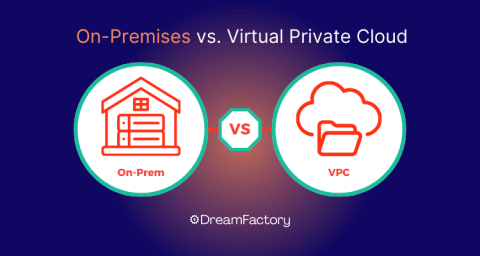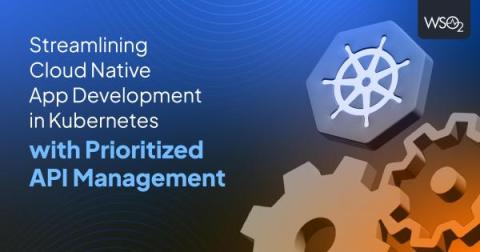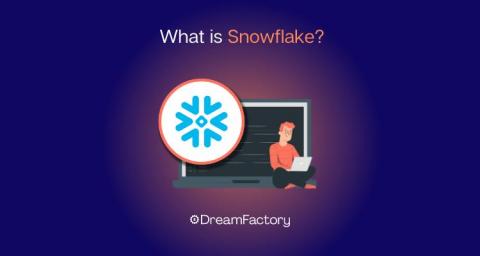Avoid These Common Mocking Mistakes in API Testing
API testing is a bit like putting together a puzzle. You need all the pieces to fit perfectly to see the big picture, and sometimes, you have to simulate a piece or two with mocking. Mocking in API testing lets you imitate a component or system’s behavior to test your application more efficiently. It’s like having a stunt double for your API when the real actor is unavailable. This approach can save time, reduce costs, and increase the reliability of your testing process.











